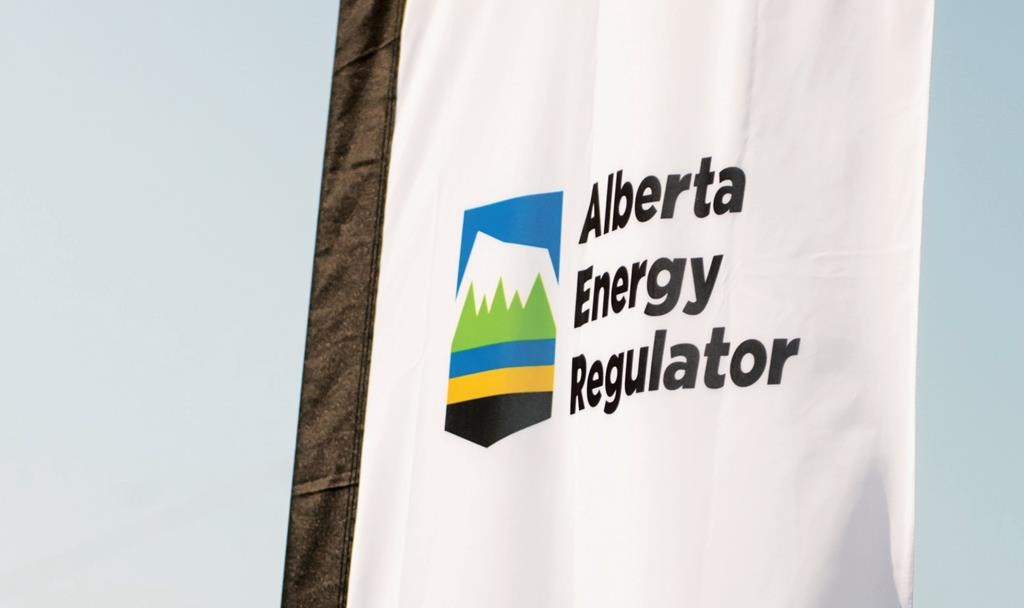Academics at the University of Calgary are calling for a public review of the Alberta Energy Regulator, describing it as secretive and too close to industry.

In a peer-reviewed report issued by the university’s School For Public Policy, three authors examine what they call a “massive policy failure” in dealing with the large and growing environmental liability left by the province’s oil and gas industry.
They use decades of documents from registries and access to information requests to accuse the regulator of consistently favouring industry over public interest.
“There needs to be an inquiry of some kind,” said co-author and resource law professor Martin Olszynski. “Albertans don’t have the information they need.”
A spokeswoman for the regulator said recent programs funded by industry and government have improved spending on reclamation.
“Over $1 billion was spent on closure activities in 2022,” said Teresa Broughton in an email.
Alberta has about 230,000 drilled wells that need to be abandoned and reclaimed. Another 90,000 have been abandoned but not reclaimed.
That liability is estimated to be at least $60 billion. Some estimates double that.

The university report concludes that liability is the result of years of regulatory cosiness with industry.
“You have 30 years of essentially bilateral meetings between industry and the regulator,” Olszynski said.
“The records we do have show very clearly how an initial policy would be proposed by government and then over the course of 20 or 30 meetings a very different policy emerges.”
As well, the report says too many of Alberta’s environmental requirements are left to the regulator’s discretion.
Legislation requires companies to clean up after themselves, but that obligation comes only after an order from the regulator. Although the province now has reclamation spending targets for industry, those targets are also set at the regulator’s discretion.
The report says the word “may” — as in “the regulator may prescribe conditions” — appears 190 times in Alberta’s Oil and Gas Conservation Act, 84 times in its Pipeline Act and 437 times in its Environmental Protection and Enhancement Act.
Alberta once had a requirement that all wells inactive for more than 10 years be abandoned, placed back into production or have financial security posted for their abandonment. That program was cancelled in 2000.
“The absence of legislated time frames for closure work means that, in almost all cases, the work is only conducted either voluntarily by the licensee or when the regulator issues an order,” the report says.
Broughton said the regulator is working on the problem and now has mandatory requirements for spending on well closure and remediation.
“Mandatory closure spend quotas specify the minimum amount of money that licensees are required to spend on closure work each year,” she said.
That requirement has grown to $700 million in 2024, from $422 million in 2022. In 2022, 4,461 sites received reclamation certificates, an increase of a third over the previous year.
However, the report says that requirement is also set at the regulator’s discretion and the 2024 target is lower than the $764 million forecast when the program was set out. The percentage of spending required is also significantly lower for operators deemed financially at risk.
The report criticizes how the regulator has, over the years, choked off the information it releases around the financial health of companies acquiring oil and gas leases.
The regulator used to post how much security each company had posted, as well as its score on the system used to assess ability to clean up old sites. The information on security was no longer posted after 2010 and individual liability scores were kept private after 2019, says the report.
The report also criticizes the Orphan Well Fund, an industry-funded and -run group that is supposed to oversee the reclamation of wells for which no owner exists. The authors say the fund’s board is dominated by industry and is exempt from freedom of information legislation despite receiving hundreds of millions of dollars in public funding in recent years.
The solutions to Alberta’s huge unfunded environmental liability aren’t going to be easy, said Olszynski. Some may feel the economic benefits are worth it, he said.
But he said no informed debate is possible under the current regime.
“We don’t know enough about how this came to be,” Olszynski said.
“How is it that over 20 years, the inactive well inventory mushroomed and nobody decided this was a problem?”




Comments